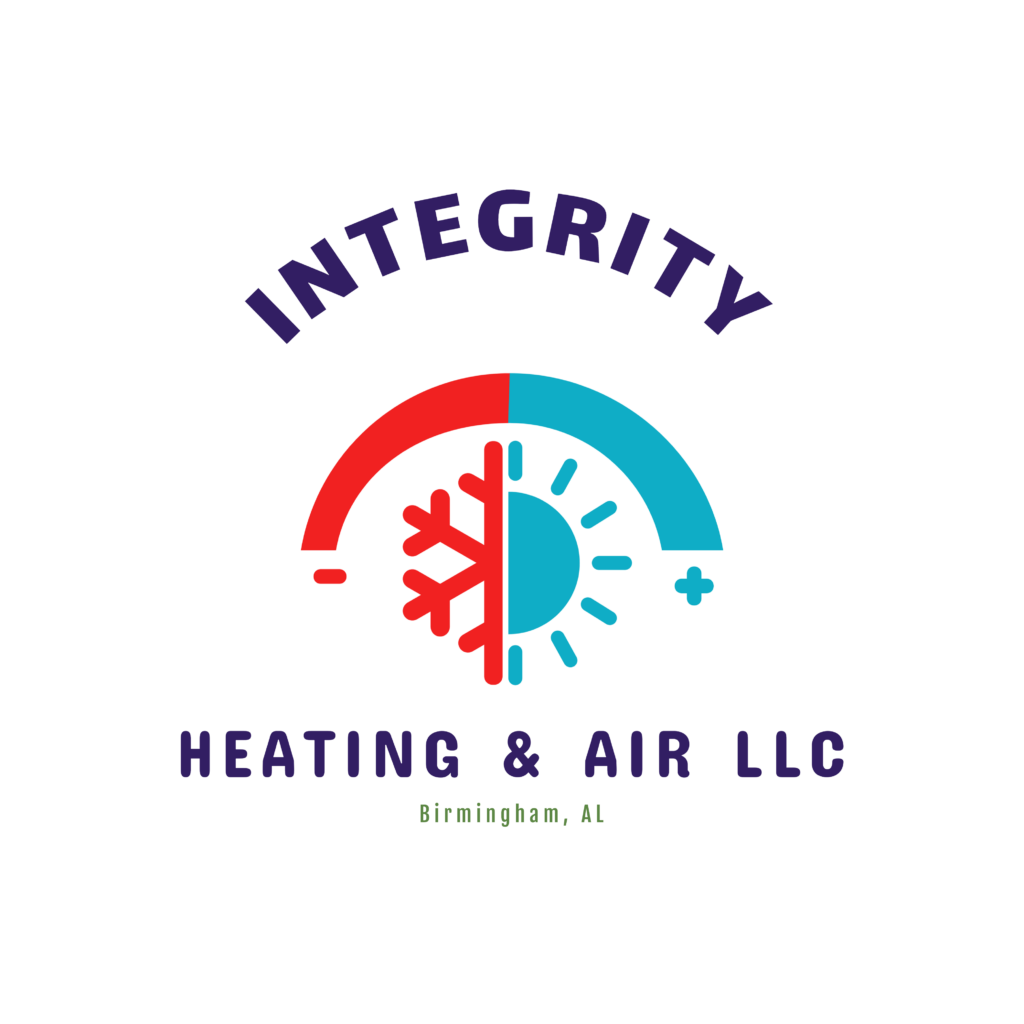Title: Common HVAC Solutions for Allergy Sufferers
As allergy season approaches, many individuals find themselves seeking relief from the discomfort caused by allergens such as pollen, dust, and pet dander. For those with allergies, the quality of indoor air can significantly impact their well-being. Fortunately, there are several HVAC solutions that can help alleviate allergy symptoms and create a healthier indoor environment.
1. Air Filtration: One of the most effective HVAC solutions for allergy sufferers is the use of high-efficiency air filters. These filters are designed to capture and remove a wide range of allergens, including pollen, dust mites, and mold spores, from the air. By regularly replacing air filters and opting for filters with a high Minimum Efficiency Reporting Value (MERV) rating, allergy sufferers can significantly reduce the presence of allergens in their home.
2. Air Purification: In addition to air filtration, air purification systems can be installed within HVAC systems to further improve indoor air quality. These systems use advanced technologies such as UV-C light or ionization to neutralize and eliminate airborne allergens, bacteria, and viruses. By integrating air purification systems into their HVAC setup, allergy sufferers can breathe easier and experience reduced allergy symptoms.
3. Humidity Control: Maintaining optimal indoor humidity levels is crucial for allergy sufferers, as high humidity can promote mold and mildew growth, while low humidity can exacerbate respiratory issues. HVAC solutions such as whole-house humidifiers and dehumidifiers can help regulate indoor humidity levels, creating a more comfortable and allergy-friendly environment.
4. Duct Cleaning: Over time, dust, debris, and allergens can accumulate within HVAC ductwork, leading to poor indoor air quality. Professional duct cleaning services can effectively remove these contaminants, preventing them from circulating throughout the home and triggering allergy symptoms. Regular duct cleaning can significantly improve air quality and alleviate allergy-related discomfort.
5. Regular HVAC Maintenance: Routine maintenance of HVAC systems is essential for ensuring optimal performance and indoor air quality. Professional HVAC technicians can inspect, clean, and tune-up heating and cooling equipment, identifying and addressing any issues that may impact air quality. By scheduling regular maintenance, allergy sufferers can enjoy cleaner and healthier indoor air throughout the year.
In conclusion, HVAC solutions play a vital role in creating a comfortable and allergy-friendly indoor environment. By implementing air filtration, purification, humidity control, duct cleaning, and regular maintenance, allergy sufferers can effectively reduce the presence of allergens and breathe easier in their homes. Consulting with HVAC professionals can help individuals identify the most suitable solutions for their specific allergy triggers and create a personalized plan for improving indoor air quality.
Ultimately, investing in HVAC solutions for allergy relief is an investment in overall well-being and quality of life. With the right measures in place, allergy sufferers can enjoy a healthier and more comfortable living environment, free from the discomfort of airborne allergens.

